I think broadly, there’s a perception of combo decks as being inherently in the realm of “high-power” EDH, or at the very least “high-cost.” Things like Thassa’s Oracle and Demonic Consultation spring to mind, as do Underworld Breach lines, and even just typical storm-style decks. But the truth is, combos can be fit into a variety of power levels and budgets, as long as you’re willing to build around the pros and cons that come with them.
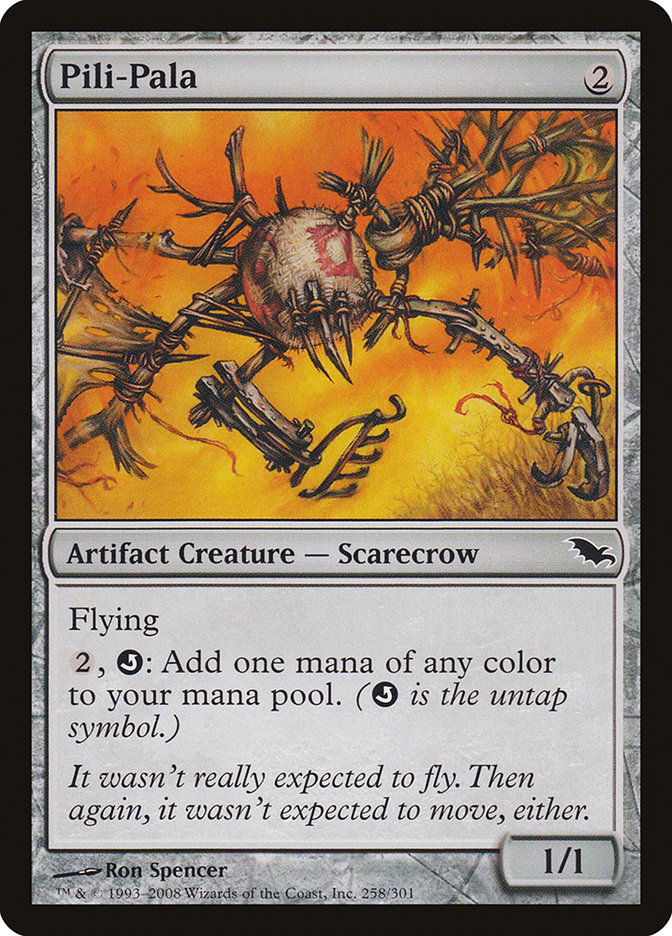
To prove this fact, this week’s deck is just under $5 ($4.98 at the time I’m writing this), but really, it’s more like a $3 deck once you account for the deck’s key card, Pili-Pala, which costs $1.68 on its own. This deck was made almost as a challenge to myself: Could I build a fairly all-in combo deck on a shoestring budget?
The answer, perhaps unsurprisingly, is yes…but also no. The deck is there and the combo functions, but it definitely lacks the consistency of those higher-tier combos. Without access to tutors and cards like Rhystic Study, we rely more on a “normal” commander gameplan to function until we can get the combo online. Removal, synergy pieces, etc. But before I get into specific card inclusions, I think it’s important I spell out how exactly this combo wins the game, at least in this deck. If you don’t want to read all that, feel free to skip down to the “Core” heading.
Introduction to Combos: Pili-Pala 101
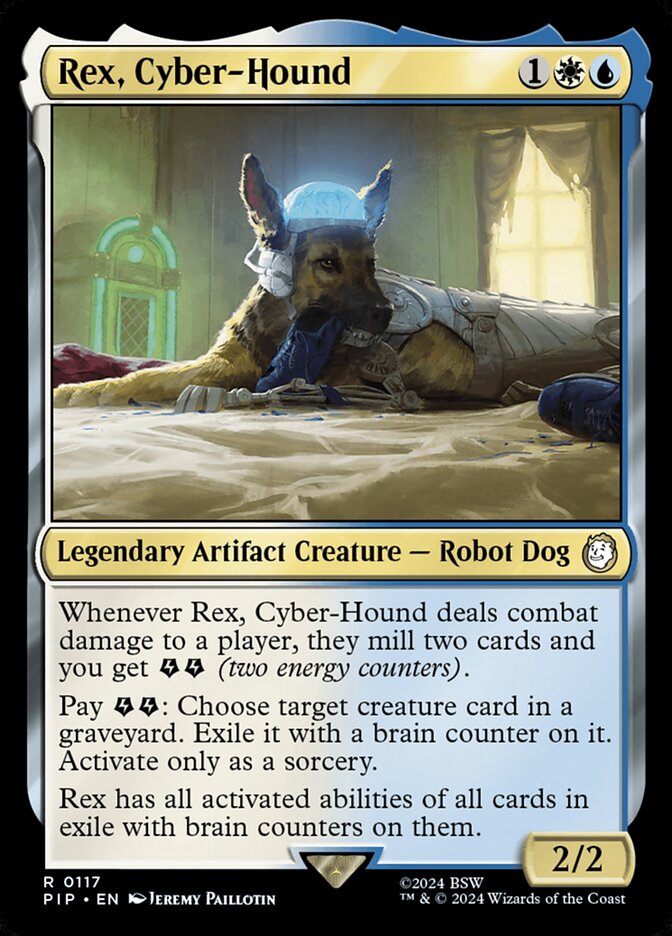
Pili-Pala is fairly infamous for its combo potential, and while it’s mostly been left behind for the speed and power of combos involving newer cards, it still holds a special place in my heart. So when Rex, Cyber-Hound was spoiled, I immediately started thinking about its potential with Pili-Pala. Your average Pili-Pala combo works like this: You either give Pili-Pala a way to tap for 2+ mana, or you give Pili-Pala’s ability to a creature that can already produce 2+ mana on its own.

Once you’ve done this, the combo is very simple. You tap the creature – whether it’s Pili-Pala or a creature with Pili-Pala’s ability – to make 2 mana. Then you spend that 2 mana and use Pili-Pala’s ability to untap and make one mana of any color. Suddenly, you’re right back where you started, except with an extra mana you didn’t have before. Congratulations, you have infinite mana, and your job now is to find a way to turn infinite mana into an actual win condition.
So that’s how Pili-Pala generally functions, and is more-or-less where I started out when I initially wanted to build this deck. But I’d say it turned from “deckbuilding” into “brewing” when I realized that all the pieces – sans Pili-Pala itself – were actually very cheap. And then I started to wonder: How far can I push the budget? I eventually settled on $5, painstakingly constructed the deck, and played it a handful of times before letting it fall to the wayside in favor of other projects. But it wasn’t that I was neglecting the deck. I was simply waiting for the release of Modern Horizons 3, with even more energy cards – and waiting for prices to slowly creep down post-release.
Applied Pili-Pala Theory with Rex
Obviously this is all well and good, but the combo does work a bit differently in this deck. It obviously uses Rex, but also, we can’t be satisfied with just “having infinite mana.” We need to make sure we can convert that mana into a win as quickly as possible. So how does it work in this deck?
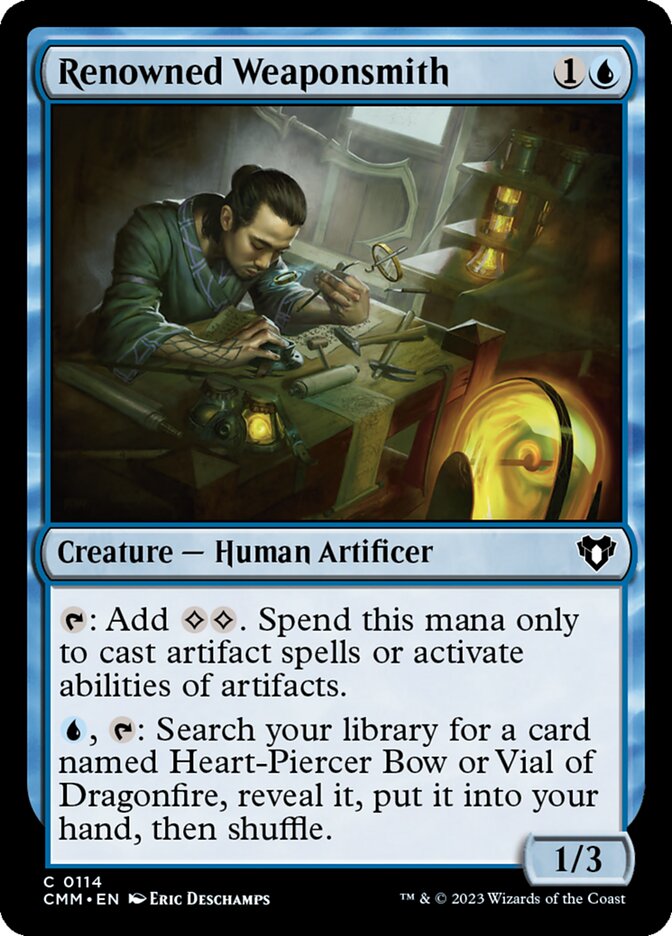
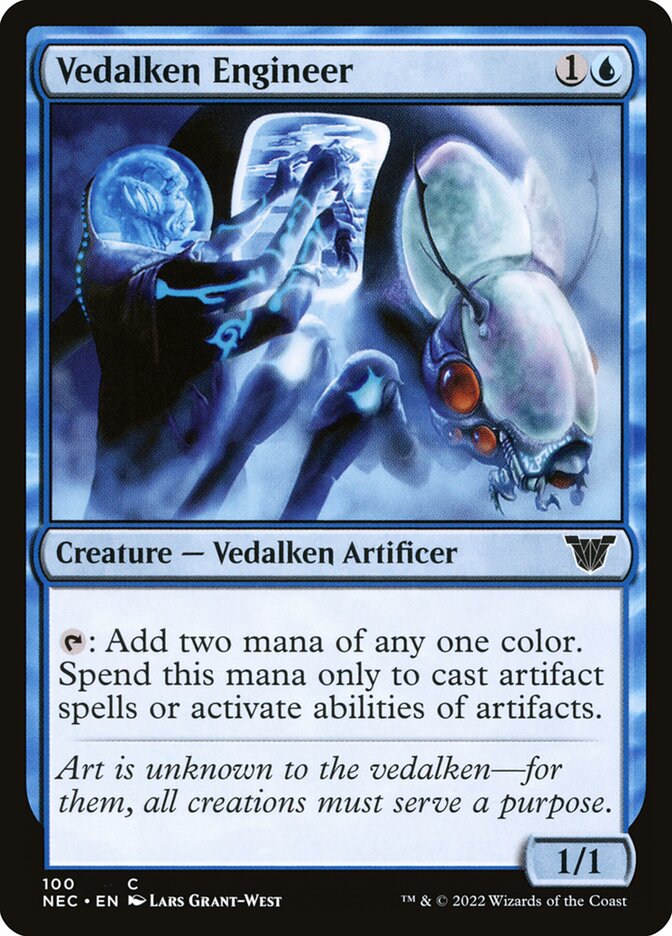
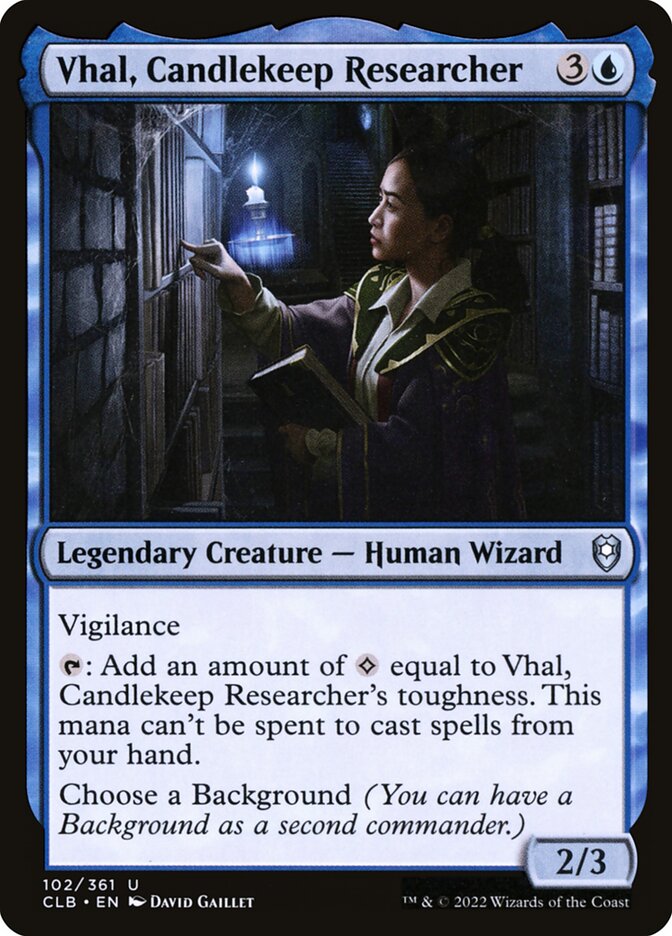
The first step is our modified version of the above: The infinite mana generation. First, you need to get Pili-Pala into the graveyard. This is pretty simple, since it’s a 1/1 creature for the purposes of dying in combat, and this deck has a plethora of ways to mill or discard it if you want a shortcut. Once you’ve done that, you need to exile it with Rex’s ability so that Rex gains the ability to untap and make mana. Then you need to do the same thing with a creature that taps to make 2 or more mana. Get it into the graveyard, exile it with a brain counter on it. In this deck, you have 3 options for this role: Renowned Weaponsmith, Vedalken Engineer, and Vhal, Candlekeep Researcher.
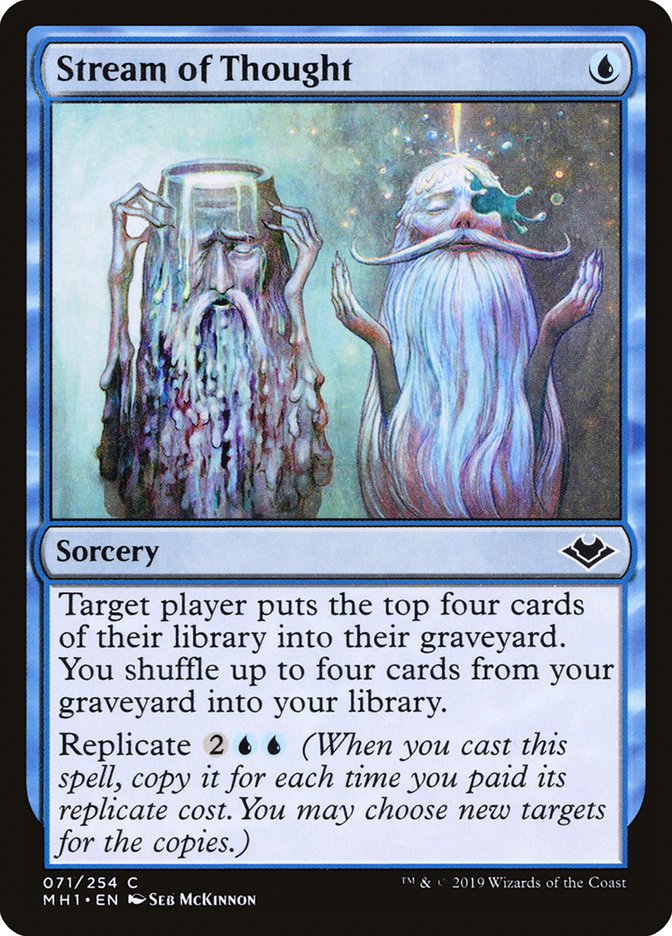
Once you have those two cards exiled with brain counters on them, and a Rex in play who isn’t summoning sick, the combo is just as described above: Tap Rex for 2+ mana, then activate Rex’s Pili-Pala untap ability to make a mana. Rinse and repeat as many times as you’d like. Infinite mana achieved. But unfortunately, infinite mana itself doesn’t win the game. But the deck is built to have plenty of ways to win from here. What we need is one of the deck’s finishers. This deck has 2 (and frankly I’d go down to 1 if I wasn’t afraid of one of them getting exiled): Stream of Thought and Stroke of Genius. Each of them has its own pros and cons, with Stream of Thought being very simple to execute (cast it and replicate it a million times to mill out all your opponents at once) but giving the opponent room to escape death. For example, they could have something like Elixir of Immortality to put their graveyard back into their library before they draw for their turn.

The Stroke of Genius combo line is a fair bit more complicated, but also more likely to win on the spot. I’ll get more into the Stroke of Genius line in a second, but for now just know that if you’re at this point and you have either of the finishers in hand, then congratulations! You (probably) win right now! But first, I want to talk about what to do if you don’t have one of the finishers in hand at this point.
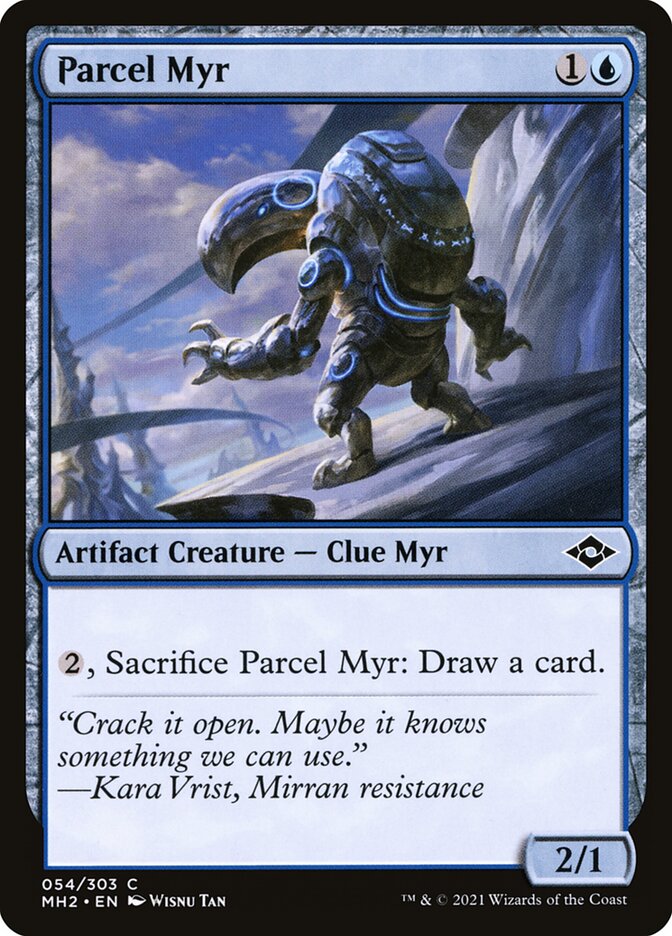
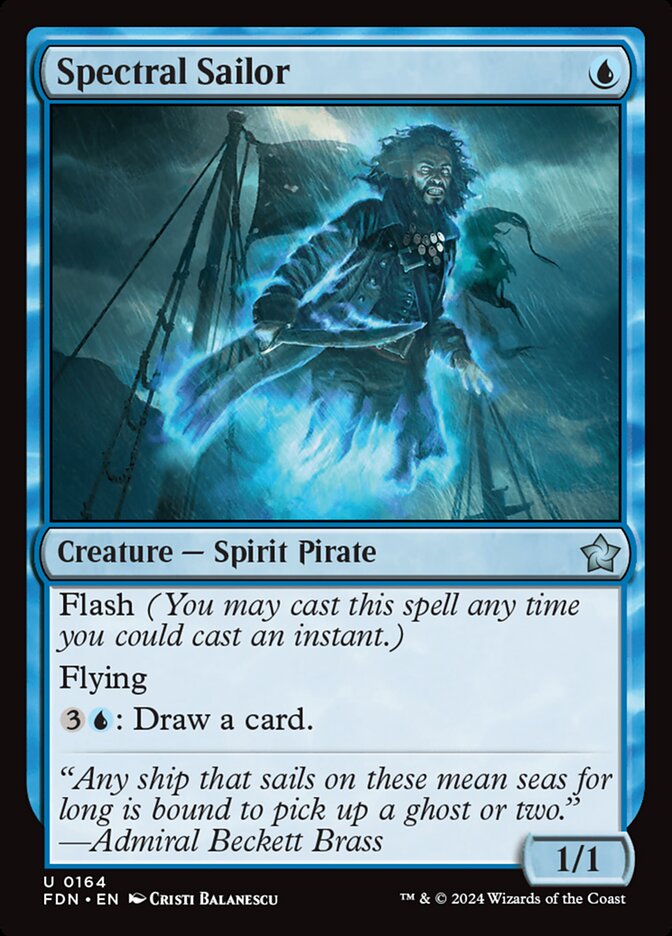
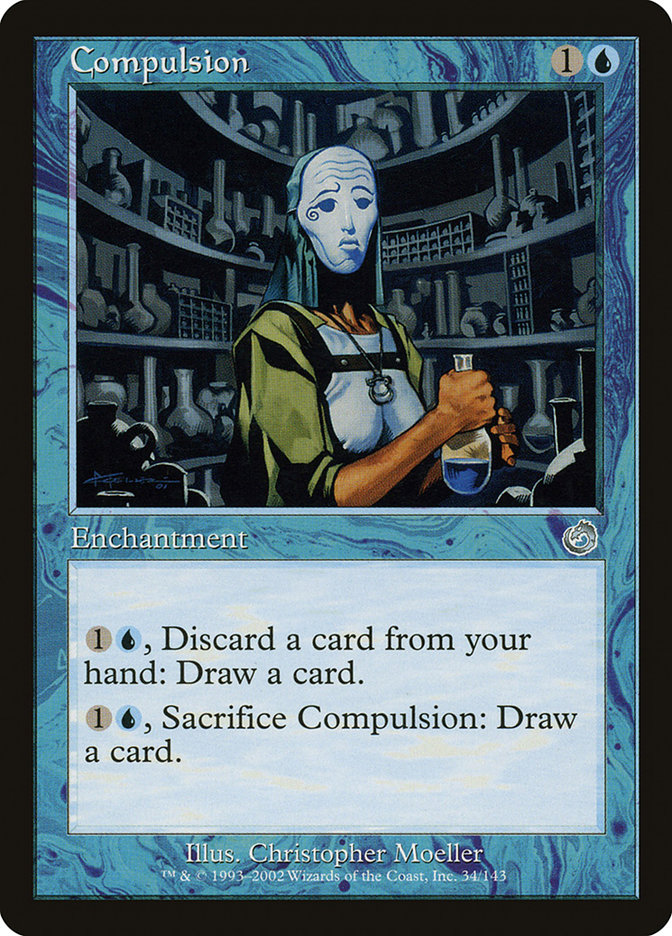
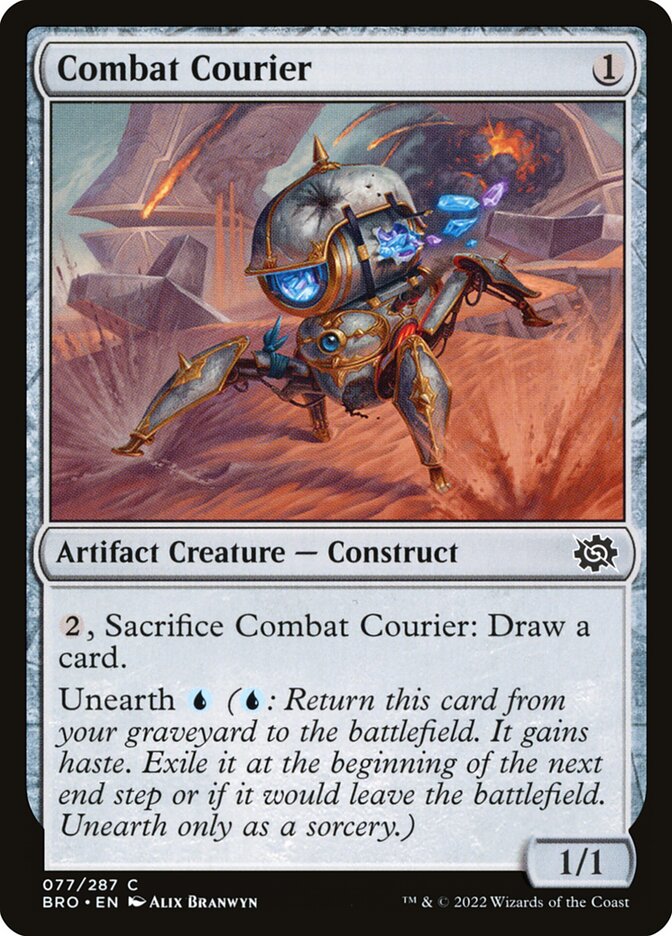
This is where things actually start getting complicated, so buckle up. The goal at this point is to draw your entire deck (or at least most of it) so that you can find either Stroke of Genius or Stream of Thought. You can use your normal one-shot card draw spells to do this, but the best ways to draw your deck are Parcel Myr, Spectral Sailor, Compulsion, and Combat Courier. If you see one of these 4 cards with your card draw spells, and you don’t see Stroke or Stream, you should take it. Compulsion and Spectral Sailor don’t require anything too complicated. You just play them, then spend mana to draw through your deck until you find what you need. And the mana cost for these abilities doesn’t matter because, again, you have infinite mana.
The other two cards – Parcel Myr and Combat Courier – require a more creative solution. First, make all the mana you need up front. We’ll call it 900 trillion white mana and 900 trillion blue mana. Next, play or find a way to discard the Myr or Courier. If you play it, use your mana to sacrifice it and draw a card, and then you can spend 2 energy to exile it from your graveyard using Rex’s ability. Now, Rex gains the ability to sacrifice himself to draw a card, so you do that, and then you re-play him from the command zone. Rinse and repeat, sacrificing Rex and re-playing him to draw until you get one of the finishers. Normally you’d be worried about command tax, but that’s what all that floating mana is for here.
So okay, you’ve draw a bunch of cards, and now you want to win the game.
Surely it has to be simple from here? I hear you asking.
Unfortunately, the version of me who built this deck didn’t believe in simple. If you have Stream of Thought and nobody has any tricks, you can win by just casting and replicating it. Your opponents put their entire decks into their graveyards, and if they don’t have a way out, they’ll lose the game as they attempt to draw from an empty library at the start of their turn.
If you have Stroke of Genius, you could always just ignore it and keep drawing until you get Stream. But if you want a more secure kill than the one offered by Stream of Thought, then there’s a little bit more that needs to be explained. Casting Stroke of Genius for, let’s say, X=100 will result in an opponent drawing more cards than they have in their deck, which will cause them to lose. The problem, of course, is that Stroke of Genius can only target one player per casting. So how do we win with it? In a much more convoluted way, of course!
First, you need to draw even more cards. You can either do this with Stroke itself, or with one of the card draw engines you used to dig for Stroke. If you use Stroke here, I would recommend leaving ~7 cards in your deck to avoid your opponents finding a way to make you draw a card and lose on the spot. You’ll have plenty of ways to dig through those last 7 cards if you don’t find what we’re looking for.
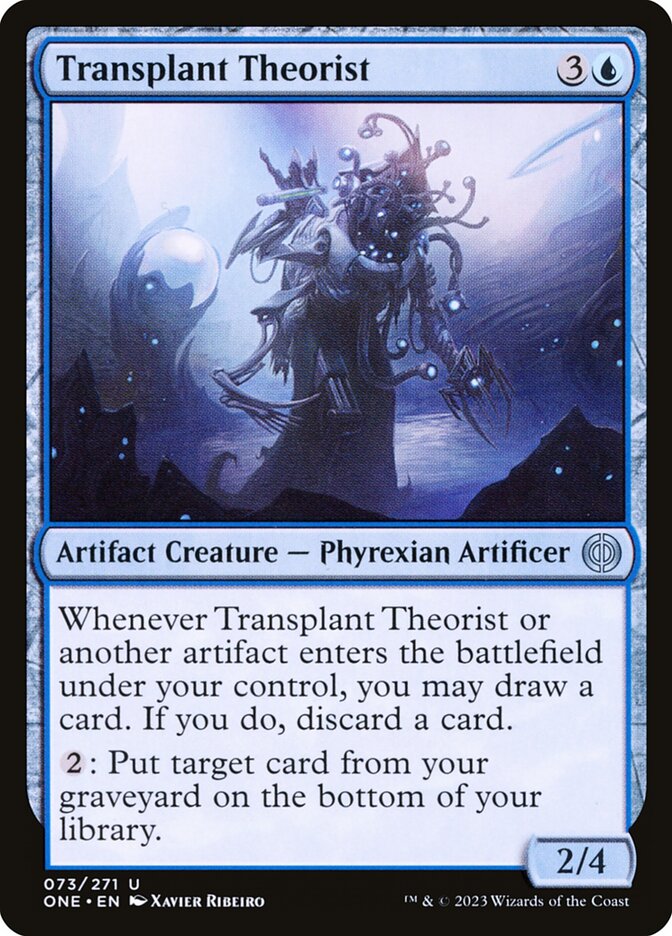
So what exactly are we looking for? Surprisingly, the answer is Transplant Theorist. Transplant Theorist is a perfect fit for this deck, since it helps you dig early on but, more importantly, it lets you put a card from your graveyard on the bottom of your library. Once you have it in hand, you play it, then use its ability to put Stroke of Genius on the bottom of your library. Then you can use one of your many sources of card draw to draw it, then cast it targeting an opponent for whatever huge X value you want. Then you rinse and repeat, using Theorist to put Stroke back on the bottom of your deck, then drawing it, and then casting it to eliminate the next opponent of your choice. Once all of the opponents have decked out, you win!
The Core

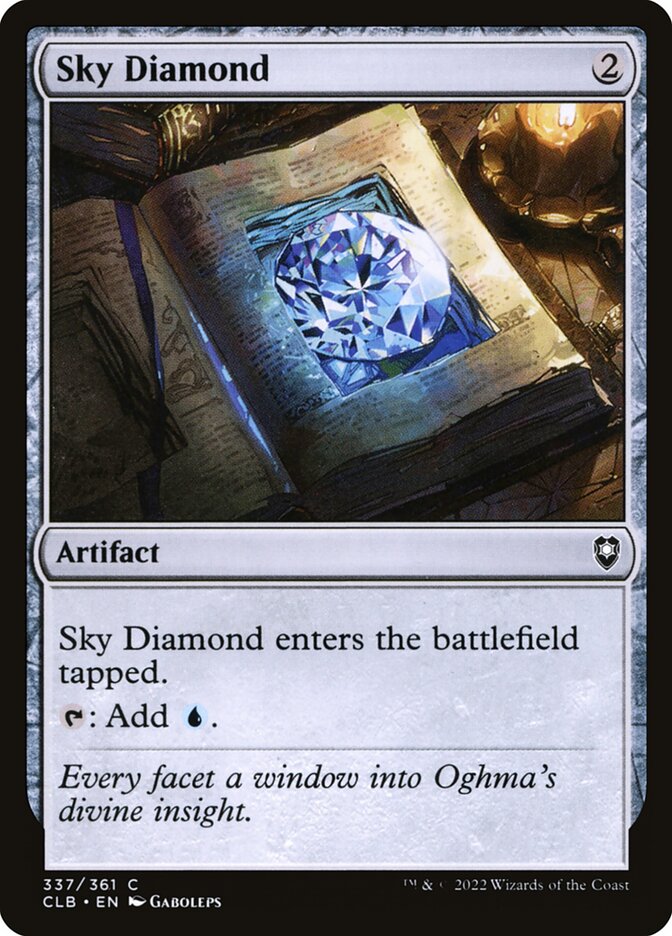
As you can see, we have quite a few cards in this deck dedicated specifically to making this combo happen. It is, after all, the deck’s main gameplan. But that doesn’t mean it’s the deck’s only gameplan. While most all-in combo decks tend to go more all-in than I have with this deck, the $5 budget restriction means instead we have to try and slow the game down until we can win. Because of this, the rest of the deck is built pretty similarly to a normal, synergistic white-blue commander deck, albeit with a few more ways to put cards into the graveyard.
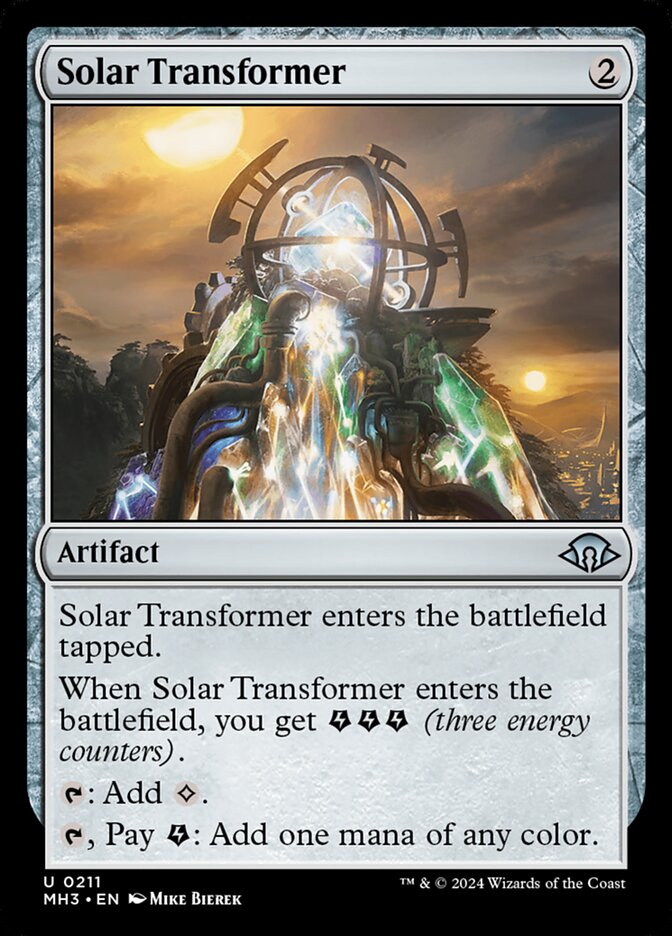
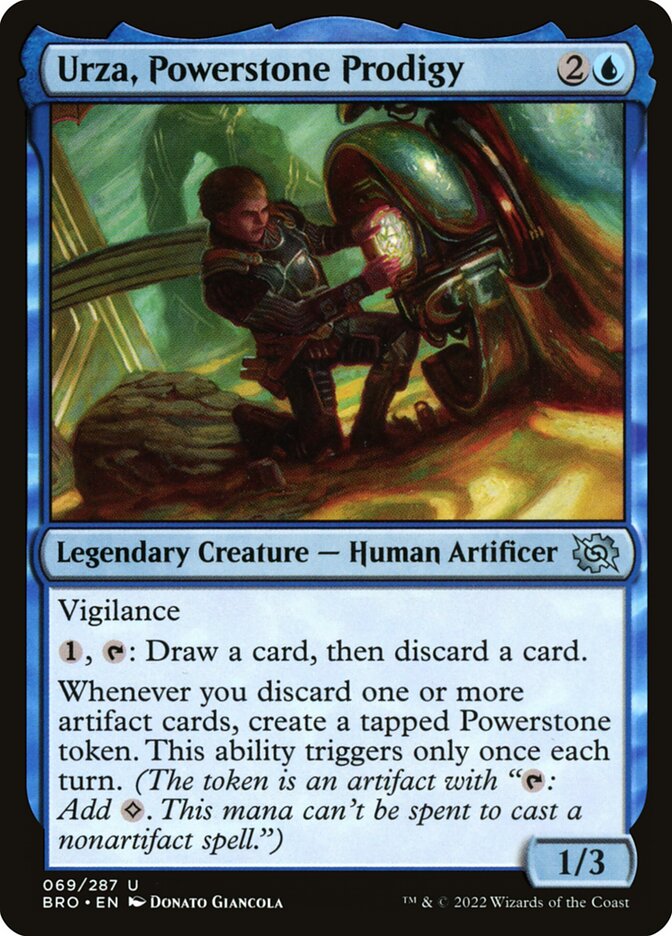
Even though the deck has a low average mana value, we still have our ramp, in part because of how mana-hungry the deck can be at times with its mana sinks. Rocks like Marble Diamond and Sky Diamond are nice since they’re cheap both in terms of mana and money. There’s also Solar Transformer, which gives us both energy and ramp, and can color fix if we really need it. Urza, Powerstone Prodigy is a particular favorite of mine, and it checks basically every box:
✅ Makes mana
✅ Digs deeper
✅ Puts things in the graveyard
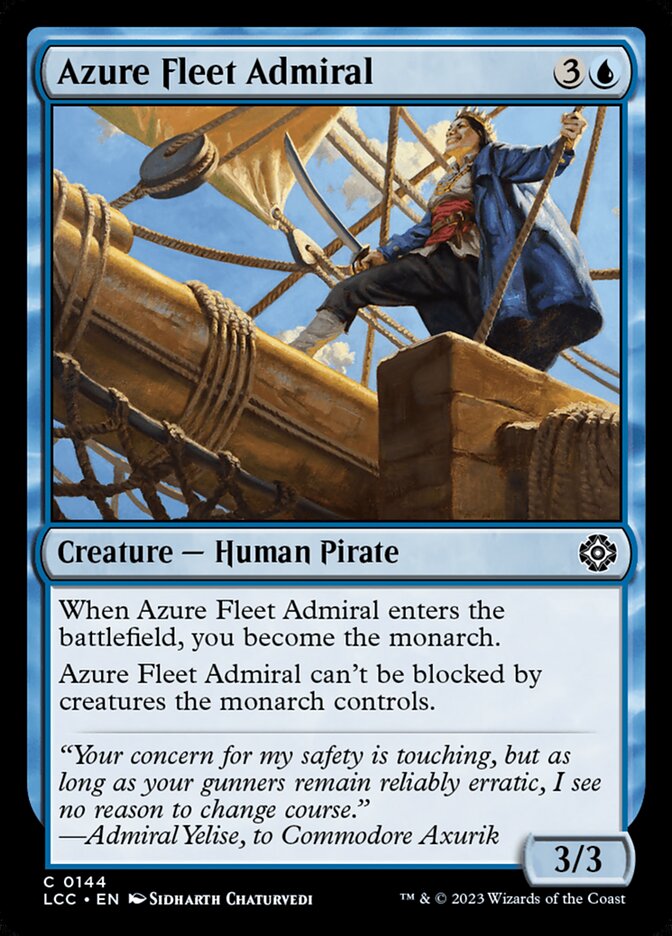

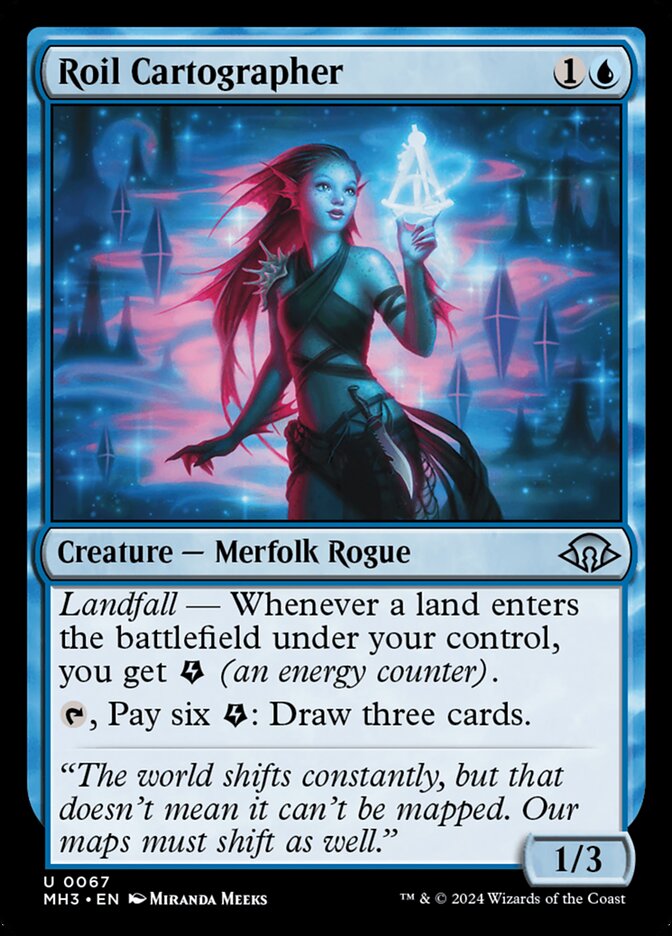
We also need card draw, with Azure Fleet Admiral and Glimmer of Genius being some decent, generic card-draw options. Roil Cartographer is one of those great MH3 additions, since it’s a reliable source of energy with a pretty nice rate for drawing three cards.

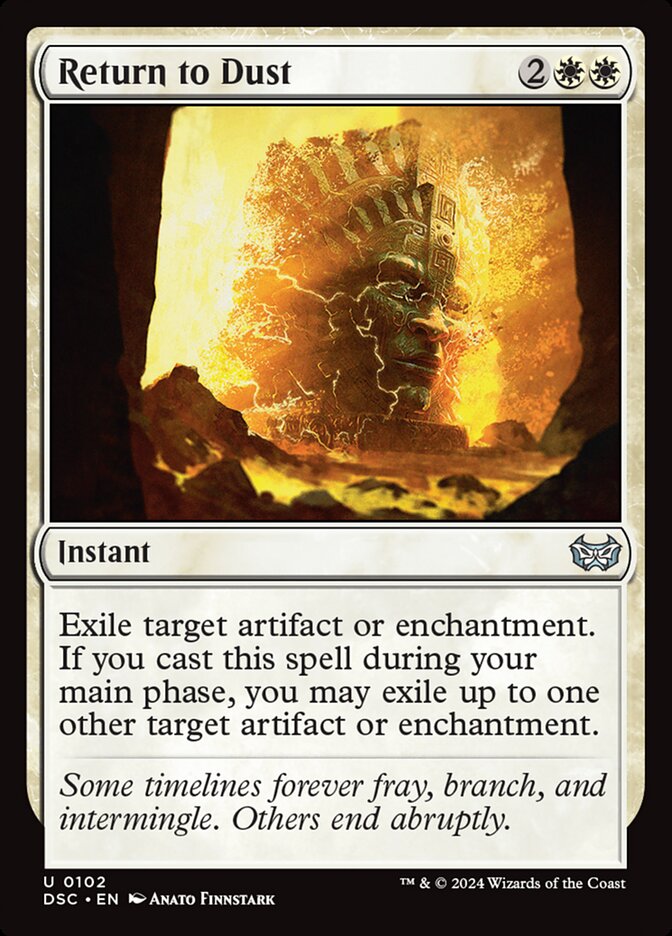
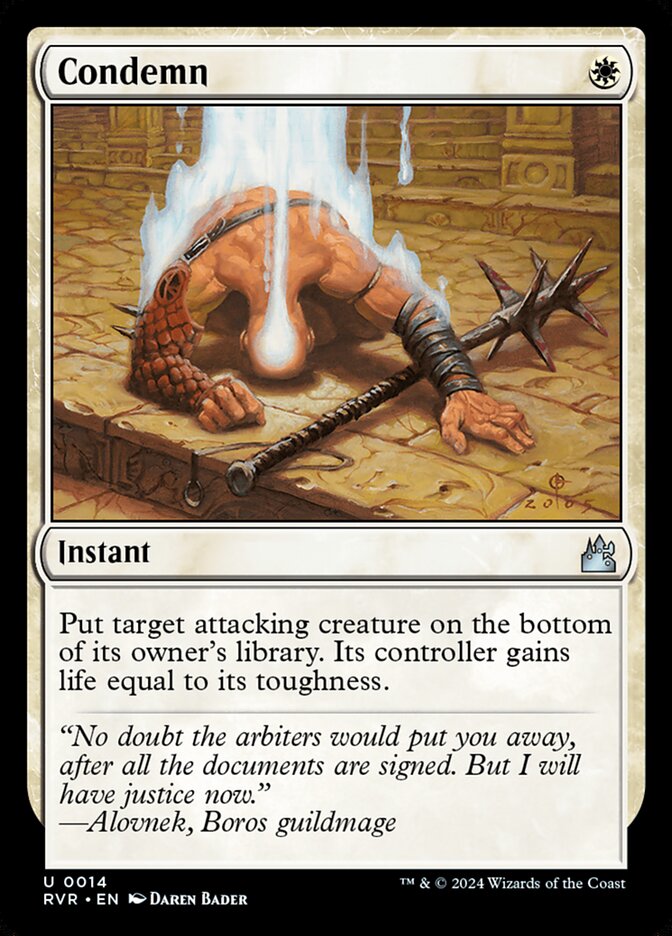
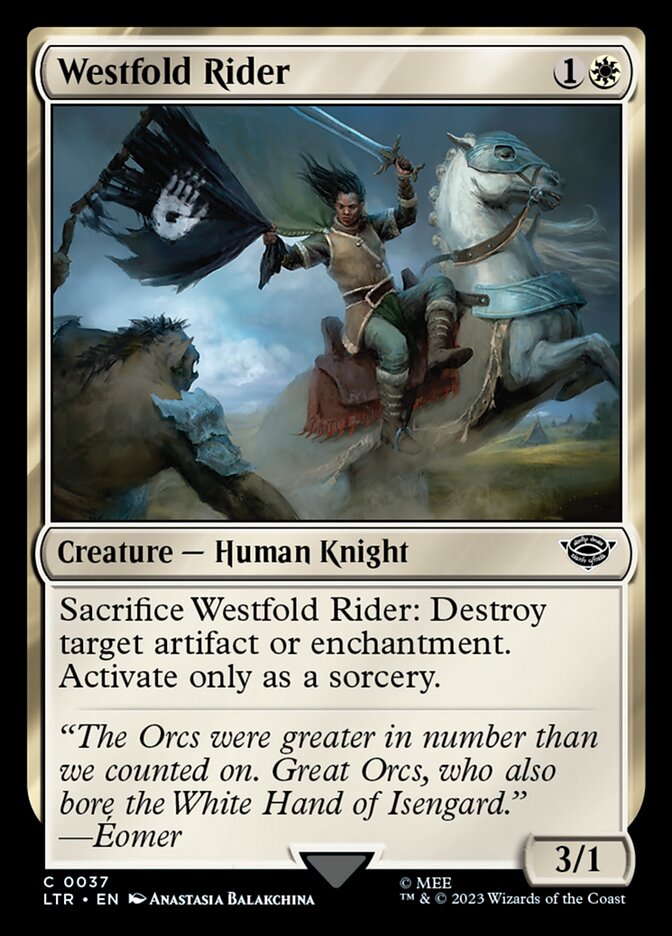
Removal is where you can really feel the budget restrictions kicking in, with some of our best removal being Banishing Light, Return to Dust, and Condemn. Westfold Rider is also a fitting inclusion, since we can let Rex eat it to reuse in any particularly sketchy scenarios.
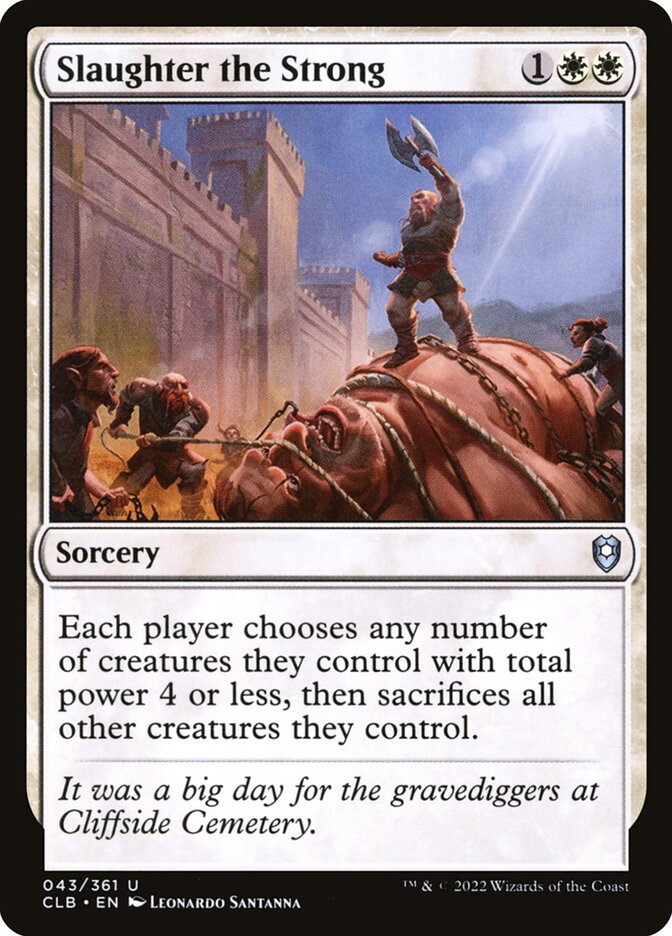
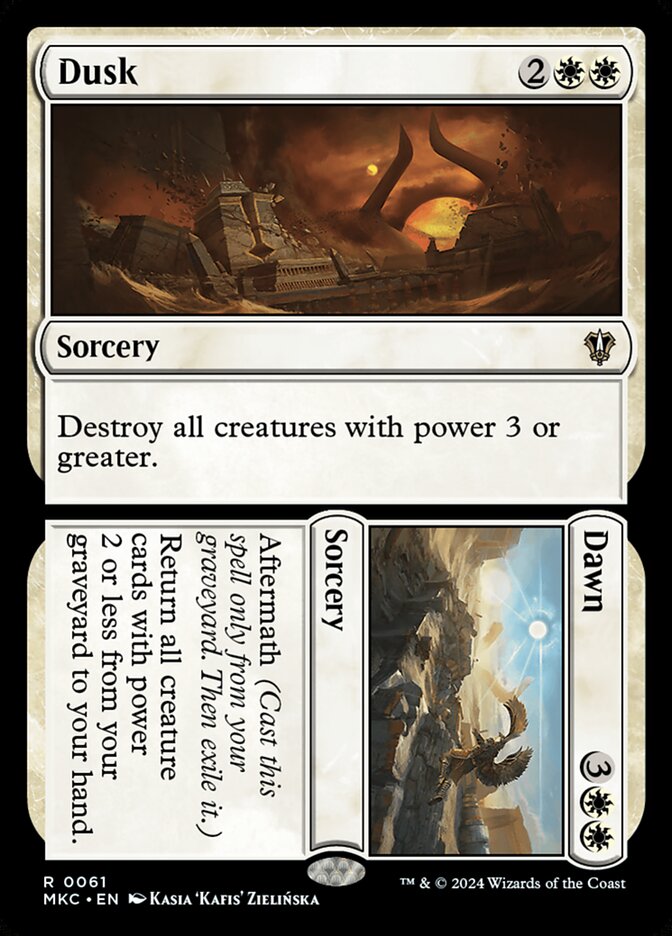
And of course, board wipes: Slaughter the Strong is great to have at just 3 mana, and is particularly good at leaving our board in decent shape afterwards. The Dusk half of Dusk//Dawn works similarly, since only 2 of the creatures in our deck will be destroyed by it.
The Synergy
This deck also needs a bit more synergy, for cases where we aren’t quite ready to combo but still want to eke out some extra value. First and foremost, we need ways for Rex to connect in combat so we can get energy and, potentially, steal abilities from our opponents’ milled creatures. Sword Coast Sailor is one of the top picks here, and is only kept from that #1 spot by Security Bypass, which also buffs Rex, gives us some much-appreciated card selection, and fills our graveyard. Cloak of the Bat is nice, since it also gives haste in addition to the evasion, which is great if we’re trying to combo off and the opponents are trying to stop us. And of course, Trespassing Souleater is phenomenal to make it so Rex can always get in unblocked by simply allowing Rex to eat the Souleater.
We can’t always rely on Rex being able to swing in, however, especially with the amount of energy needed to assemble the combo. So we need some other ways to make energy. Era of Innovation is great at making energy from our artifacts, and can draw three cards in a pinch. Bespoke Battlewagon is a free two energy per turn, with a little bit of extra utility on the side. And there’s also Battlewagon’s less-cool cousin: Consulate Turret, which can make us 1 energy per turn.
The final pieces to this puzzle are ways to put creatures into our graveyard for Rex to eat: self-mill and discard. Minister of Inquiries is an all-star in this regard, and gives us energy when it comes in. Sweet Oblivion is also decent, and can be another way for us to churn through our deck if we reach infinite mana but still need to find a finisher. Deranged Assistant is also nice, and while it only mills one card per turn, having it as a 2-mana ramp option more than makes up for that.
Other Wincons?
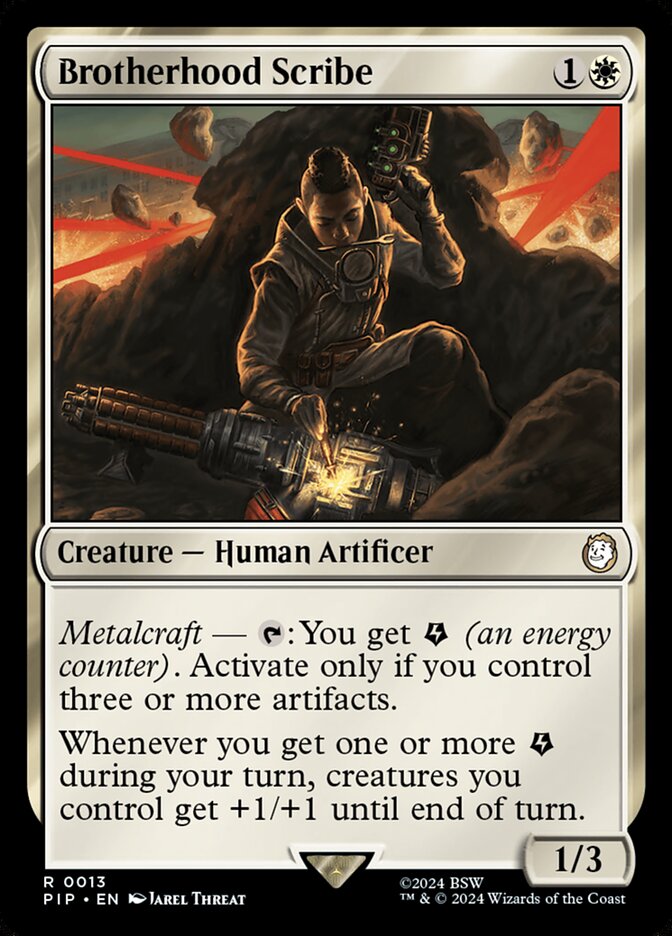

The combo is, of course, our main win condition. But thankfully, while it’s our most reliable way to win, it isn’t our only way. Brotherhood Scribe in particular represents a lot of potential stats across our various normally-tiny creatures. It isn’t the most reliable backup plan, but it is a backup plan, and sometimes that’s all you need. We also can’t forget the Dawn half of Dusk//Dawn, which helps us to rebuild later on in the game and happens to set up Brotherhood Scribe very well.
The Spice
In a way, most of the cards in the deck could fall into this category. When you’re working on a budget this tight, you end up with some weird cards. And this applies extra when you’re on a tight budget with a central gimmick as expensive as Pili-Pala is. In spite of this, I’d definitely give the honor for “spiciest card” to Transplant Theorist. It absolutely shines in this deck, being a great early-game card, a key component to the primary combo, and also a card that just doesn’t see much play anywhere else.
What’s Not Here?
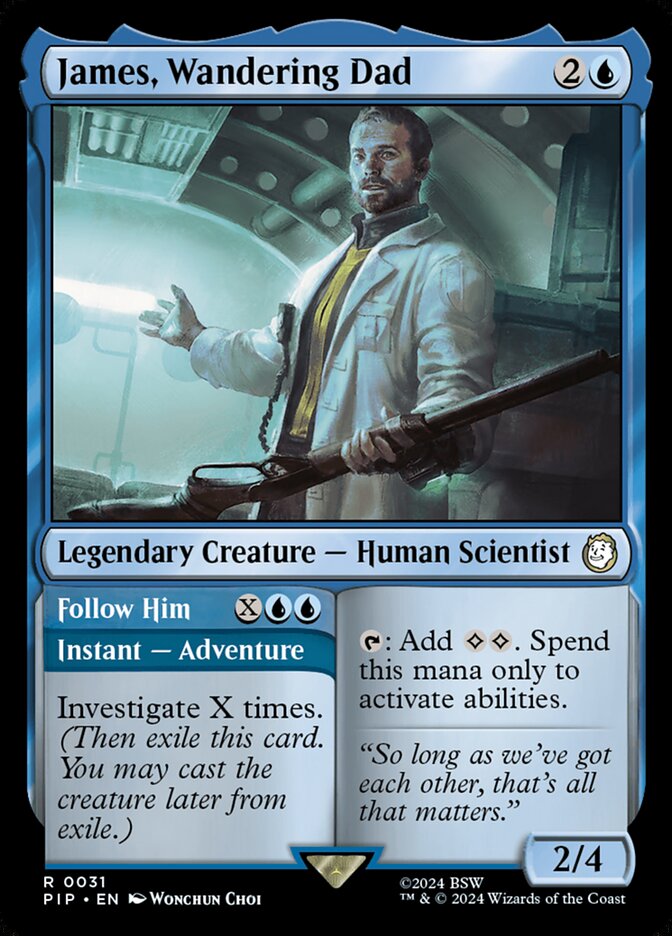
As you can imagine, a lot of cards had to be cut to make this deck function at the current price point. Pili-Pala’s price tag leaves just $3.32 for the rest of the deck, which – ignoring the 34 basic lands – is 65 cards, giving us an average price of 5 cents per card. Which is not much, to put it lightly. This is why some cards – even cards that cost less than 15 cents – were too expensive to include. For example, James, Wandering Dad is a nice source of mana for the combo, and he lets us make clues with his adventure. A good synergy fit for the deck, but just couldn’t quite make it.
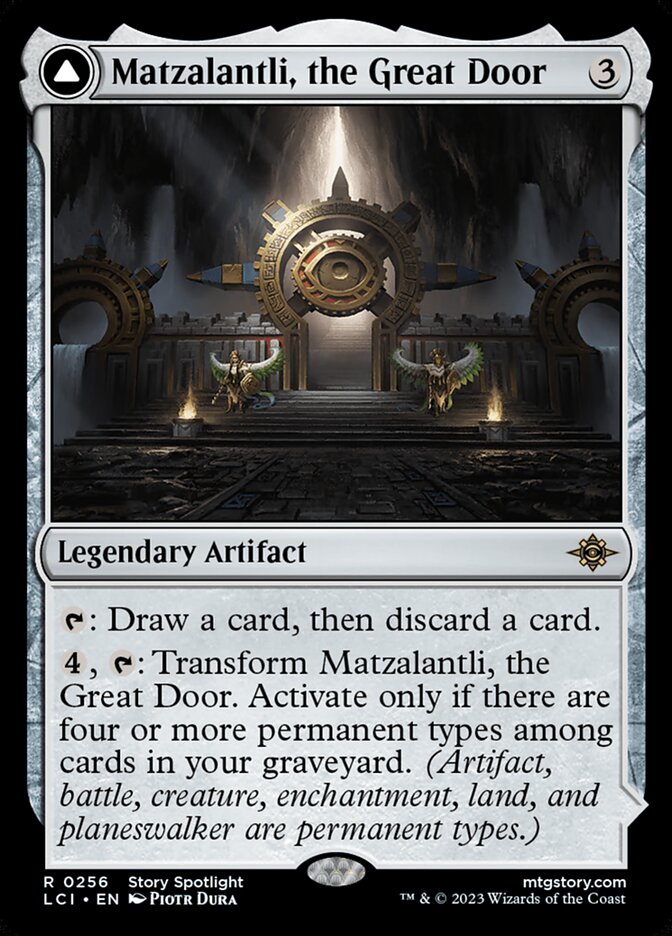
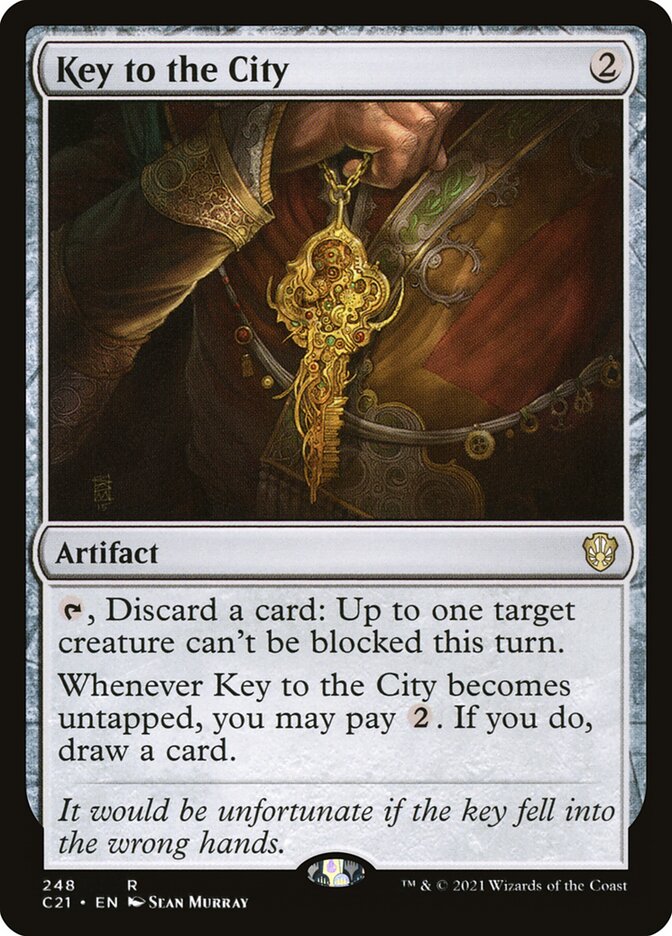
Matzalantli, the Great Door is one I really wish I could’ve fit in, because while the card selection ability is just fine, the mana ability on the land side has the potential to let us really run wild. Key to the City is another one I wish I could’ve fit in, since it has undeniable synergy with the deck and is also something of a pet card for me. It puts cards into the graveyard for Rex, it digs for combo pieces, and it stops our opponents from blocking Rex’s attacks. A homerun, but unfortunately too hard to fit in at 20 cents.
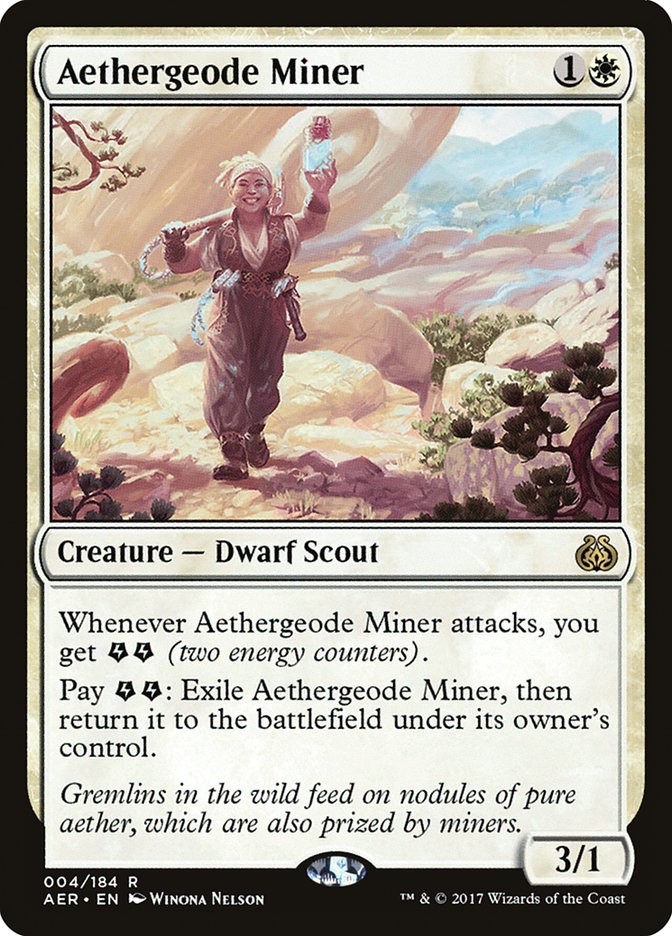
A card I want to point out in particular here is Aethergeode Miner, which feels like it could do some crazy things in a shell with more cards that give energy when a creature you control enters. Unfortunately, I wasn’t going to rebuild the entire deck around a 10 cent card, but if you decide to go more in this route, I’d recommend pairing it with a Metastatic Evangel.
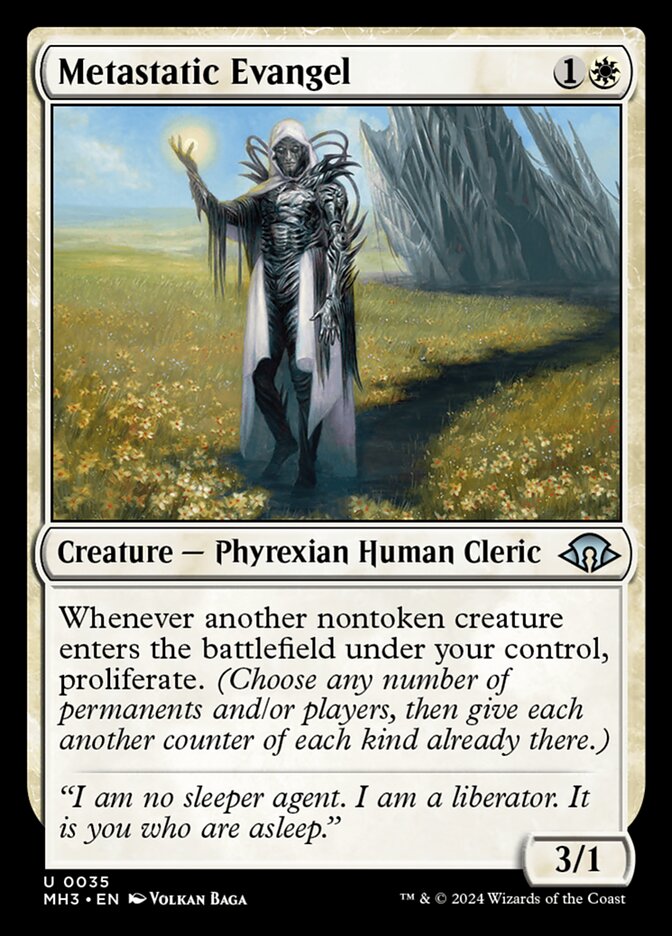
There are also so many other cards that I wanted to fit in here at one point or another. Most of the energy cards could find a home here somewhere, and I have a whopping 55 cards in the “Considering” section of the deck on Moxfield, which are all cards I considered but ended up cutting. (That 55, to be clear, is including Aethergeode Miner twice. I really wanted to make that card work here).
Wrapping Up
This deck was so much fun for me to come back to after a few months away, and crafting weird combo decks like this is definitely a passion of mine. Part of why I originally made this deck was to prove to myself that a deck like this could exist at a low budget, and I think the core has definitely done that here. Even if you don’t want to build this specific deck, you should at least explore the realm of super-low-budget Commander. There’s a lot more to it than just Colossal Dreadmaws running into each other.
You can find me on Twitter and Bluesky if you want to ask questions or talk about this deck, or even follow me there or on Moxfield to see what I brew up in the future! You can also leave a comment on the deck on Moxfield if you want to chat there.










